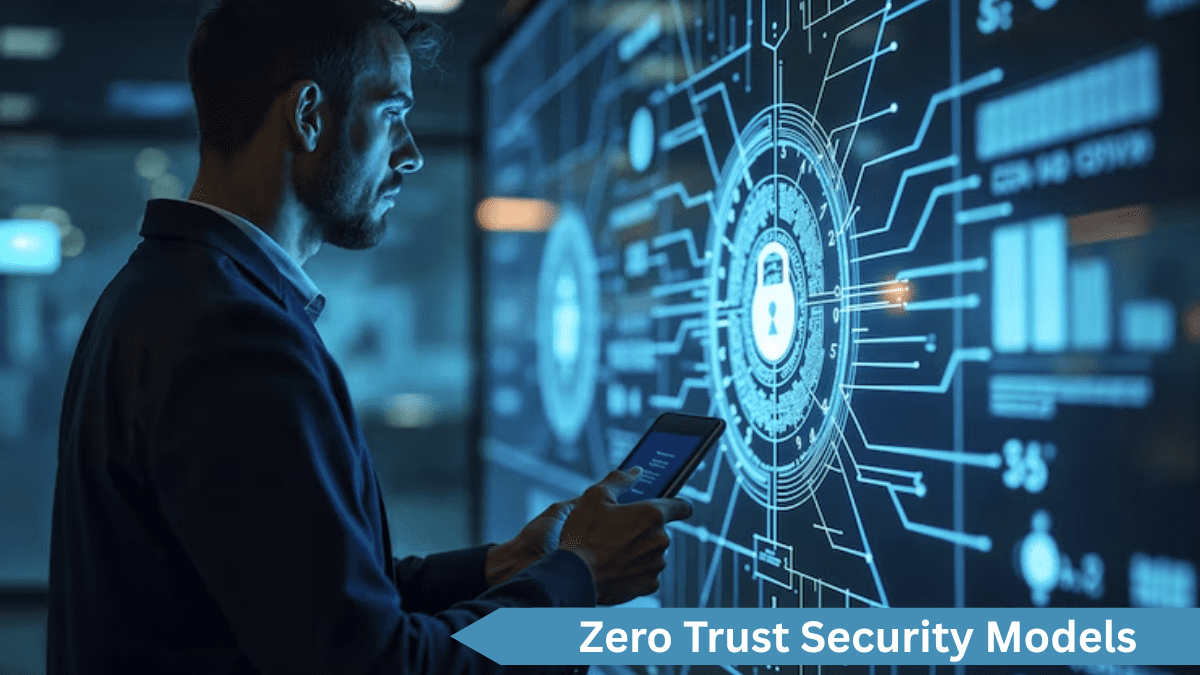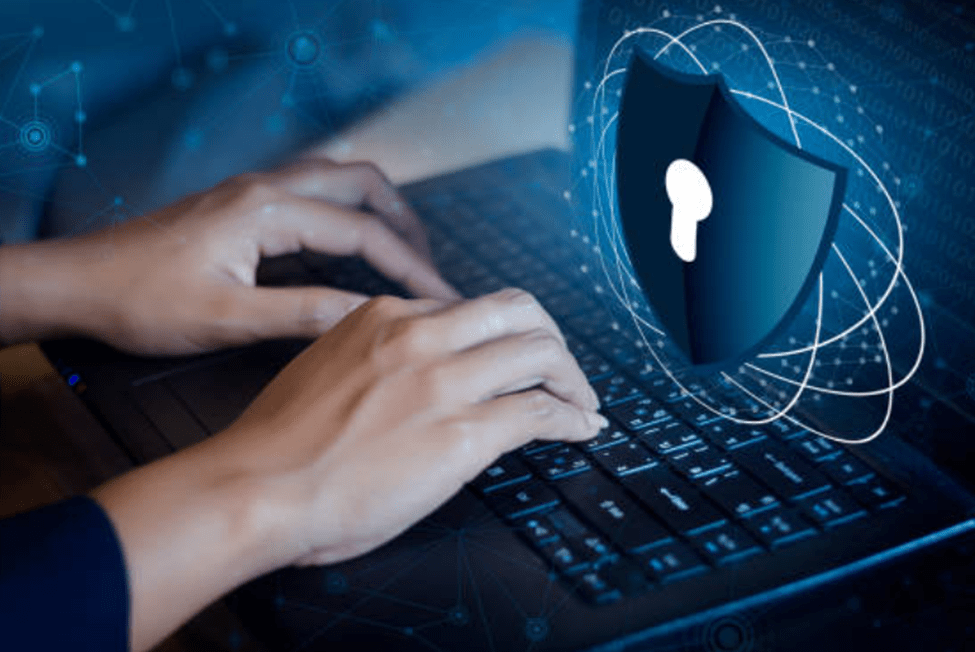
Cybersecurity in 2025 is a battle. Hackers are smarter, threats are more brazen, and companies don’t want to mess up. The mantra used in Zero Trust Security is “trust no one, verify everything”. This blog will detail what Zero Trust is, why it is essential for IT professionals and technology enthusiasts, and how to implement it for your organization.
Traditional security offered a perimeter security similar to a castle, but with the cloud and remote working environment today, that type of perimeter has fallen away. Zero Trust presupposes that every user, device, or connection is a possible threat. Let’s explore the principles, benefits, and tactical options for why it is a must-have in 2025.
Core Principles of Zero Trust
Zero Trust rests on the simple but powerful principle of no trust until the person can prove they are safe. Unlike previous paradigms that assumed your insiders were safe, Zero Trust applies risk to every access attempt. Here are its core principles in a nutshell.
- Verify Explicitly: Confirm every user and device with strict identity checks, every single time.
- Least Privilege Access: Grant only the access needed for a specific task. Nothing more.
- Assume Breach: Act as if an attacker is already inside, driving constant vigilance.
These principles provide strong protection. They are based on identity, minimal access, and constant monitoring to maintain a peaceful state with minimal threats.
Why Zero Trust Matters in 2025
The cybersecurity environment is in jeopardy more than ever before. In 2021, ransomware attacks cost businesses over $20 billion globally, according to Cybersecurity Ventures. 2025 shows no signs of slowing down. For IT professionals and techies, Zero Trust is an absolutely necessary move because it represents solutions to the new issues we have to deal with. Let’s see why.
First, remote and hybrid work has broken down the boundaries of physical networks. Employees access systems at home, in coffee shops, or from halfway across the world, meaning perimeter security is no longer effective. Zero Trust validates each connection without caring about where it comes from.
Second, regulations like GDPR and CCPA are stricter than ever. Non-compliance can lead to millions in fines—Equifax paid $575 million after its 2017 breach. Zero Trust ensures tight control over data access, helping you meet these standards. For instance, Google’s BeyondCorp initiative, a Zero Trust model, slashed breach risks for its global workforce.
Third, supply chain attacks, like the 2020 SolarWinds hack that hit 18,000 organizations, highlight the need for Zero Trust. By assuming a breach and verifying every action, it stops threats from spreading. Whether you’re securing a startup or a multinational, Zero Trust is your best defense in 2025.
How Zero Trust Works
Zero Trust is more than an idea’s a real-world system that includes tools and processes to secure your network. For IT technicians, it is crucial to know how it works in order to implement it. Here’s how it works in straightforward, action-focused terms.
- Identity and Access Management (IAM): IAM systems verify users through passwords, biometrics, or other methods. Think of it as a digital ID check at every door. Okta and Microsoft Azure AD are popular IAM tools that streamline this process.
- Multi-Factor Authentication (MFA): MFA adds extra security layers, like a code sent to a user’s phone or email. It’s like a double-lock on your front door, ensuring only authorized users get through.
- Micro-Segmentation: This divides your network into smaller, isolated zones. If a hacker breaches one zone, they can’t easily move to others, limiting damage.
- Real-Time Monitoring with AI: AI tools analyze user behavior and network traffic to spot red flags instantly. For example, if an employee logs in from an unusual location at 3 a.m., the system can block access and alert your team.
These components create a dynamic defense. Zero Trust is not only countering threats; it is continuously adjusting to them, and monitoring systems in real-time as the threats change, to make sure systems continue to stay secure. For technology enthusiasts, the part we find most enticing is the AI-based monitoring aspect. This still uses the latest technology to stay ahead of hackers.
Benefits and Challenges of Zero Trust Security Models
There are significant upsides to Zero Trust, but Zero Trust is not a panacea. Weighing the benefits and drawbacks is fundamental to IT professionals. Here’s a summary.
Benefits of Zero Trust Security Models:
- Stronger Security Posture: By verifying every action, Zero Trust shrinks your attack surface.
- Regulatory Compliance: It aligns with GDPR, CCPA, and NIST standards, reducing the risk of costly fines.
- Clear Visibility: Continuous monitoring shows exactly who’s accessing what, when, and how.
- Threat Resilience: It limits damage from insider threats or external attacks, keeping your data safe.
Challenges of Zero Trust Security Models:
- Implementation Complexity: Moving from legacy systems to Zero Trust can be a heavy lift. It requires reconfiguring networks and processes.
- Cost Considerations: Tools like IAM or MFA involve upfront costs for software and training.
- Team Resistance: Employees may grumble about stricter access rules, like frequent MFA prompts.
To tackle these, start with high-priority systems, like customer data, and roll out changes gradually. Clear training can help your team embrace the new approach. For tech enthusiasts, experimenting with open-source Zero Trust tools can be a cost-effective way to learn the ropes.
Steps to Implement Zero Trust
Zero Trust may be complicated, but having a clear roadmap can simplify the effort. The following steps are basic steps to assist tech-savvy IT professionals and tech enthusiasts in creating a secure system for their organization. Each step is straightforward and outlines for 2025.
Assess Your Security Posture:
Map your network, devices, and users. Identify vulnerabilities like outdated software or unsecured endpoints using tools like vulnerability scanners. This step sets the foundation for prioritizing your Zero Trust efforts.
Identify Critical Assets:
Focus on protecting sensitive data, such as customer records or intellectual property. Work with stakeholders to classify data by risk level. This ensures you secure what hackers target most, streamlining your implementation.
Deploy Zero Trust Tools:
Invest in IAM solutions like Okta, MFA tools like Duo, and micro-segmentation software. Start with critical systems to manage costs. These tools verify identities and isolate network zones effectively.
Establish Continuous Monitoring:
Use SIEM tools like Splunk to track user behavior and network activity. Set up alerts for suspicious actions, like unusual logins. This keeps your system vigilant and responsive to threats.
Train Your Team:
Educate employees on Zero Trust principles, like MFA and phishing awareness. Regular workshops build a security-first culture. This reduces errors and helps everyone embrace stricter access controls.
Test and Refine:
Regularly audit your setup with penetration tests. Adjust access policies or tools based on findings. This keeps your Zero Trust framework effective against evolving threats and ensures long-term security.
Conclusion
In 2025, every IT professional and technological enthusiast should spend time understanding Zero Trust Security. The three principles of Zero Trust Security – verify explicitly, limit access, and assume breach – provide a solid defense for many of today’s cyber threat actors. Regardless of remote work, the cloud, or hybrid systems, Zero Trust Security keeps you, your organization, and your agencies secure while maintaining compliance. For assistance in building a system’s security with expert knowledge of Zero Trust Security, a reputable Software Development Company can assist in tailoring the concept of Zero Trust Security for you.
Don’t risk being surprised by cyber risk. Adopting Zero Trust Security is an investment in a safer and more resilient future. Stay aware, stay vigilant, and make Zero Trust Security one of your foundations in 2025.








